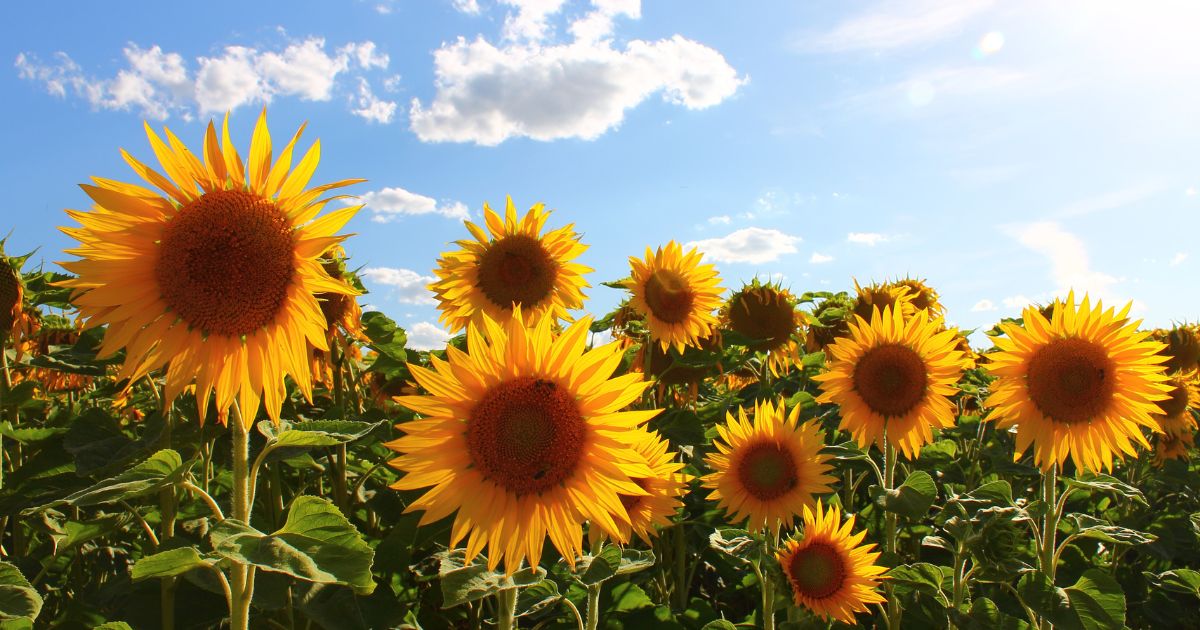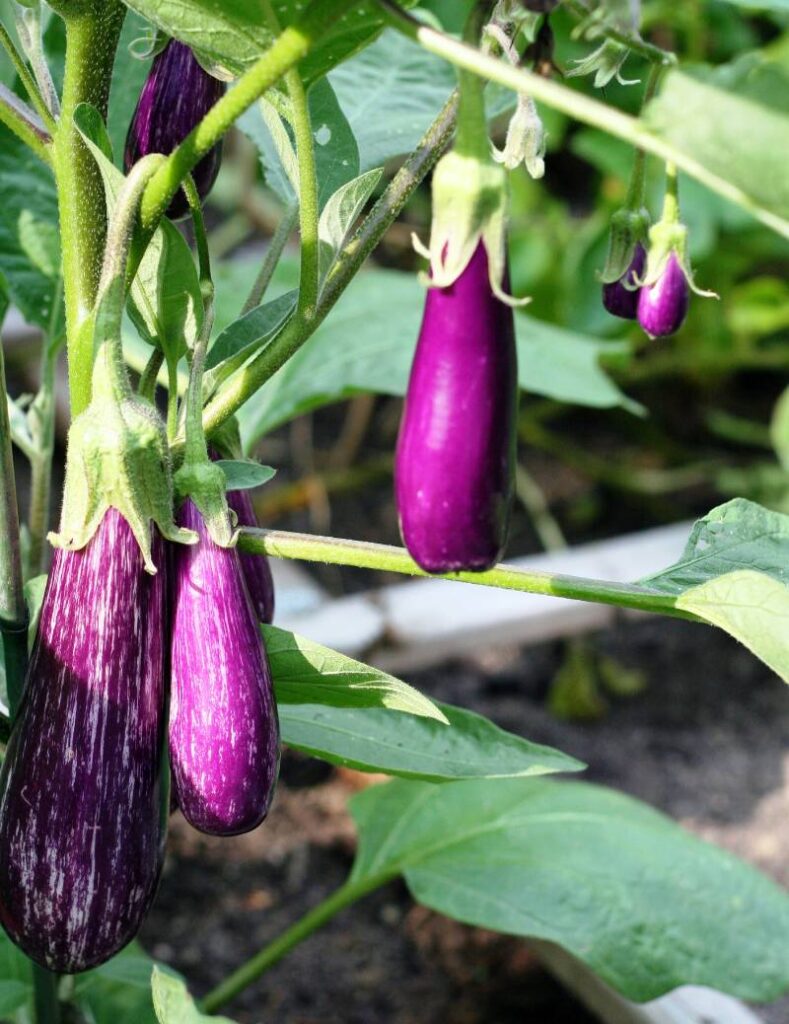Roses are a gardener’s delight, known for their beauty and fragrance. However, planting the wrong companions near them can lead to problems. In this post, we’ll explore 30 plants you should avoid planting next to your roses and why these combinations don’t work.
1. Mint
© Millcreek Gardens LLC
Mint can quickly take over garden space and compete with roses for nutrients. Its aggressive nature makes it a poor choice as a rose companion.
2. Fennel
© Sandy Ortiz
Fennel releases a chemical that can inhibit the growth of roses. It’s best kept away from your rose bed to ensure healthy blooms.
3. Black Walnut
© TN Nursery
Black walnut trees release juglone, a compound toxic to many plants, including roses. Avoid planting roses nearby to prevent toxicity.
4. Sunflowers
© Country Living Magazine
Sunflowers are heavy feeders and can deplete the soil of nutrients that roses need to thrive. Keep these bright beauties at a distance.
5. Garlic
© Garden Myths
Garlic can stunt the growth of roses by competing for resources. It’s better suited to a different part of your garden.
6. Hollyhocks
© World of Flowering Plants
Hollyhocks attract rust diseases that can spread to roses, leading to unsightly spots and weakened plants.
7. Potatoes
© A Piece of Rainbow
Potatoes and roses are susceptible to similar blights and pests. Planting them together can increase the chances of disease spreading.
8. Tomatoes
© Source
Tomatoes can attract nematodes and other pests that may also attack roses, making them an unfavorable companion.
9. Corn
Corn’s tall growth can overshadow roses, depriving them of needed sunlight and inhibiting their blooming potential.
10. Peppers
© Your Healthy Year
Peppers can attract aphids, a common pest that can also plague roses, leading to shared infestations.
11. Cabbage
© Boreal Bloom Homestead
Cabbage attracts cabbage worms which can cause damage to both cabbage and roses. Separation is key to preventing infestations.
12. Eucalyptus
© Better Homes and Gardens
Eucalyptus releases oils that can affect the growth of nearby plants, including roses. It’s best to plant eucalyptus far from your rose garden.
13. Onions
© Bette
Onions can compete for nutrients with roses, leading to poor growth. They are best planted in a separate area.
14. Lavender
© Better Homes and Gardens
Lavender prefers different growing conditions compared to roses. While both are beautiful, they thrive better apart.
15. Beans
© Source
Beans attract aphids and can spread bacterial blight, which also affects roses. Keeping them separate reduces the risk.
16. Peas
© Source
Like beans, peas can attract pests and diseases that might transfer to roses. It’s best to grow them separately.
17. Broccoli
© Gardener’s Path
Broccoli attracts pests like cabbage worms that can also damage roses. Keep them separated to maintain healthy plants.
18. Dill
© Source
Dill can attract tomato hornworms, which are detrimental to both tomatoes and roses. Plant dingill away from roses for better outcomes.
19. Cauliflower
© Liyauu
Cauliflower can attract common pests that also affect roses, including aphids and moths. Keeping them apart is wise.
20. Chives
© Flickr
Chives can compete with roses for resources and attract similar pests, making them a less than ideal companion.
21. Radishes
© All About Gardening
Radishes attract flea beetles, which can harm both radishes and roses. Separating them helps prevent pest issues.
22. Grapes
© Al Art
Grapes and roses can both suffer from powdery mildew, a disease that can spread quickly between the two plants.
23. Carrots
© La Cocina Chilena de Pilar Hernandez
Carrots can attract root-knot nematodes, which can also attack roses, leading to poor growth and root damage.
24. Zucchini
© Karen – The Art of Doing Stuff
Zucchini can take up significant space and resources, potentially outcompeting roses for sunlight and nutrients.
25. Eggplant
© WordPress.com
Eggplants attract similar pests as tomatoes and peppers, making them incompatible with roses due to potential infestations.
26. Basil
© The Blond Cook
Although basil has some beneficial companions, its water and nutrient needs can clash with those of roses, leading to competition.
27. Leeks
© Stephs_allotment
Leeks and roses have different nutrient needs, and they can compete for resources, potentially stunting each other’s growth.
28. Parsley
© Source
Parsley’s dense growth can overshadow young rose plants, depriving them of sunlight. It’s best to give them space.
29. Marigolds
© Source
While marigolds are great pest deterrents, they can overshadow and compete with roses for nutrients and space.
30. Asparagus
© Lowe’s
Asparagus can attract the asparagus beetle, which can also feed on rose foliage. Keeping them apart helps manage pest issues.






























